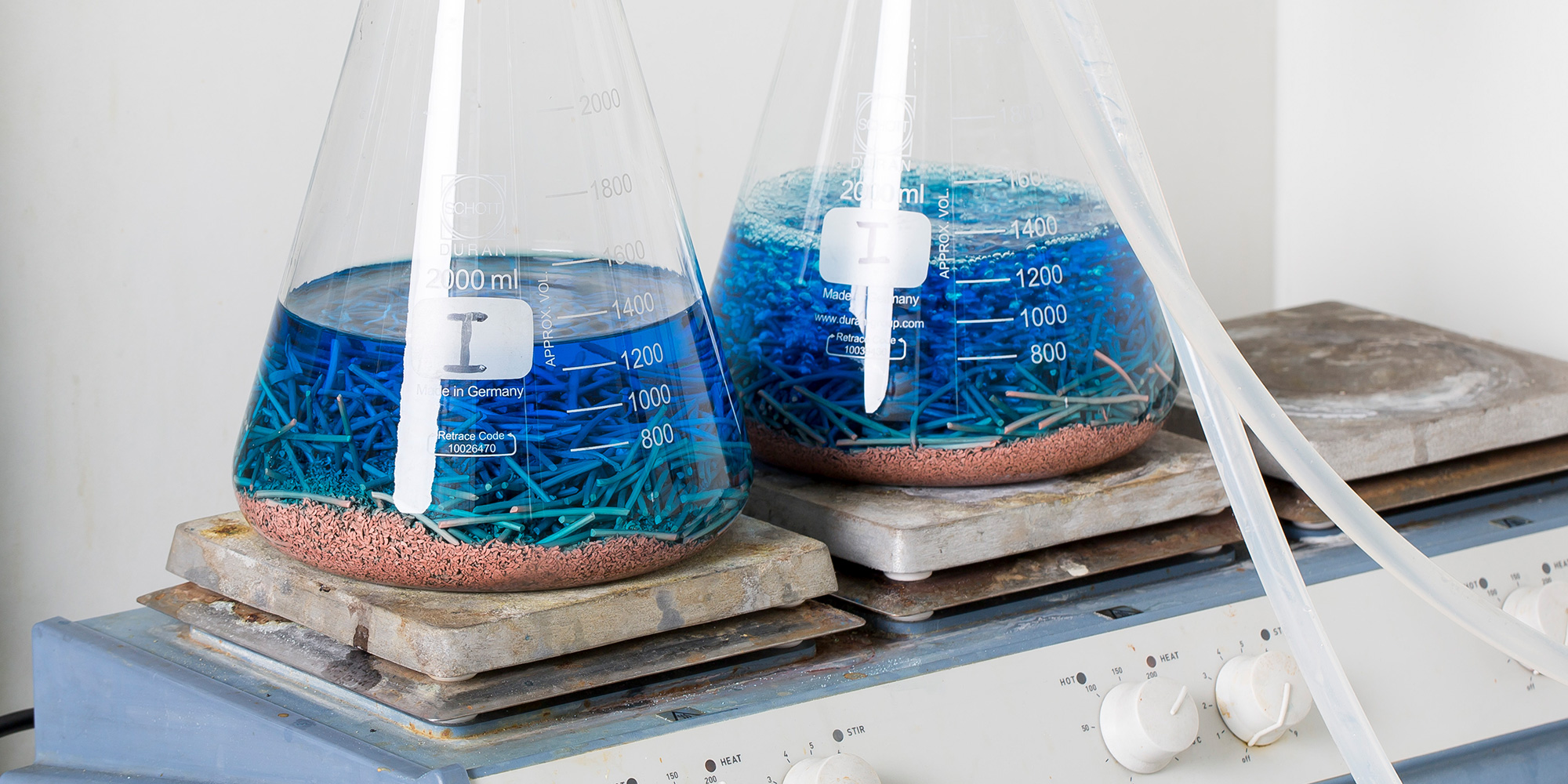ASTM G59 Potentiodynamic Polarization Resistance Test
The ASTM G59 potentiodynamic polarization resistance test is a critical method used in oil and gas testing to assess the corrosion behavior of metal substrates exposed to various environments, particularly in aggressive media like seawater, brine solutions, or other corrosive atmospheres. This test is essential for ensuring that materials used in the oil and gas sector are capable of withstanding harsh conditions without degradation.
The ASTM G59 polarization resistance test focuses on measuring the anodic and cathodic behavior of metal surfaces when subjected to different potentials. It provides valuable information about the susceptibility of a material to pitting corrosion, galvanic corrosion, or general oxidation. The test is conducted by sweeping the potential at constant current through a range of values over time.
The procedure begins with selecting appropriate specimens that represent the materials used in oil and gas applications. These specimens are typically cleaned and etched to remove any surface contaminants. They are then immersed in an electrolyte solution, which simulates the actual service environment. The test is performed using a potentiostat, which controls the potential applied to the specimen while measuring both current and voltage.
The polarization resistance (Rp) is calculated based on the slope of the linear region in the polarization curve, which represents the corrosion reaction rate. This value provides insight into how resistant the material is to pitting or crevice corrosion under specific conditions. The test can be repeated with different potentials and electrolytes to determine the overall performance of a material across various scenarios.
The ASTM G59 test is widely used in industries that deal with aggressive environments, such as oil and gas exploration and production. It helps in selecting materials that are more resistant to corrosion, thereby extending the lifespan of equipment and infrastructure. This not only reduces maintenance costs but also enhances safety by minimizing the risk of failures due to material degradation.
One of the key benefits of using ASTM G59 is its ability to predict the performance of materials in real-world conditions. By understanding how different potentials affect a material, engineers can make informed decisions about which alloys or coatings are best suited for specific applications. This predictive capability ensures that the chosen materials will perform reliably under expected service conditions.
- Environmental and Sustainability Contributions: The ASTM G59 test contributes to environmental sustainability by helping prevent the premature failure of oil and gas equipment, which could lead to leaks or spills. By selecting corrosion-resistant materials upfront, industries can minimize their carbon footprint and reduce the need for frequent replacements.
Benefits
The ASTM G59 polarization resistance test offers several significant advantages to oil and gas testing. One of the primary benefits is the ability to identify potential corrosion issues early in the design and development stages. This allows for corrective actions to be taken before materials are deployed, saving time and resources.
Another benefit is its role in ensuring compliance with regulatory standards. Many countries have stringent regulations regarding the use of materials that can withstand harsh environments. ASTM G59 provides a standardized method to demonstrate compliance, which is crucial for obtaining necessary certifications and approvals.
The test also aids in optimizing material selection processes. By testing various alloys or coatings under different conditions, engineers can determine which options offer the best performance-to-cost ratio for specific applications. This optimization leads to more efficient use of resources and reduces waste.
In addition, the ASTM G59 test supports innovation in materials science by providing a reliable method for evaluating new products. Researchers can use this information to improve existing materials or develop entirely new ones that meet the stringent requirements of oil and gas industries.
The predictive nature of the ASTM G59 test also contributes to improved operational efficiency within facilities. With better insights into material behavior, maintenance schedules can be optimized, reducing downtime and associated costs. This leads to more efficient operations overall, contributing positively to both financial performance and environmental impact.
Customer Impact and Satisfaction
The ASTM G59 polarization resistance test has a direct positive impact on customer satisfaction by ensuring high-quality materials are used in critical oil and gas applications. When facilities use corrosion-resistant materials recommended through this testing, they experience longer equipment lifespans, reduced maintenance costs, and enhanced safety.
Customers who rely on these facilities for operations know that their systems will perform reliably under challenging conditions, which enhances trust and confidence. This reliability translates into better service delivery and increased customer satisfaction. Additionally, the use of ASTM G59 helps meet stringent industry standards, ensuring compliance with legal requirements and international best practices.
For procurement teams, the test results provide a robust basis for material selection criteria, reducing uncertainty and variability in supply chain performance. This leads to more predictable costs and improved quality assurance across projects. Ultimately, the use of ASTM G59 contributes to higher customer satisfaction by delivering products that meet or exceed expectations.





